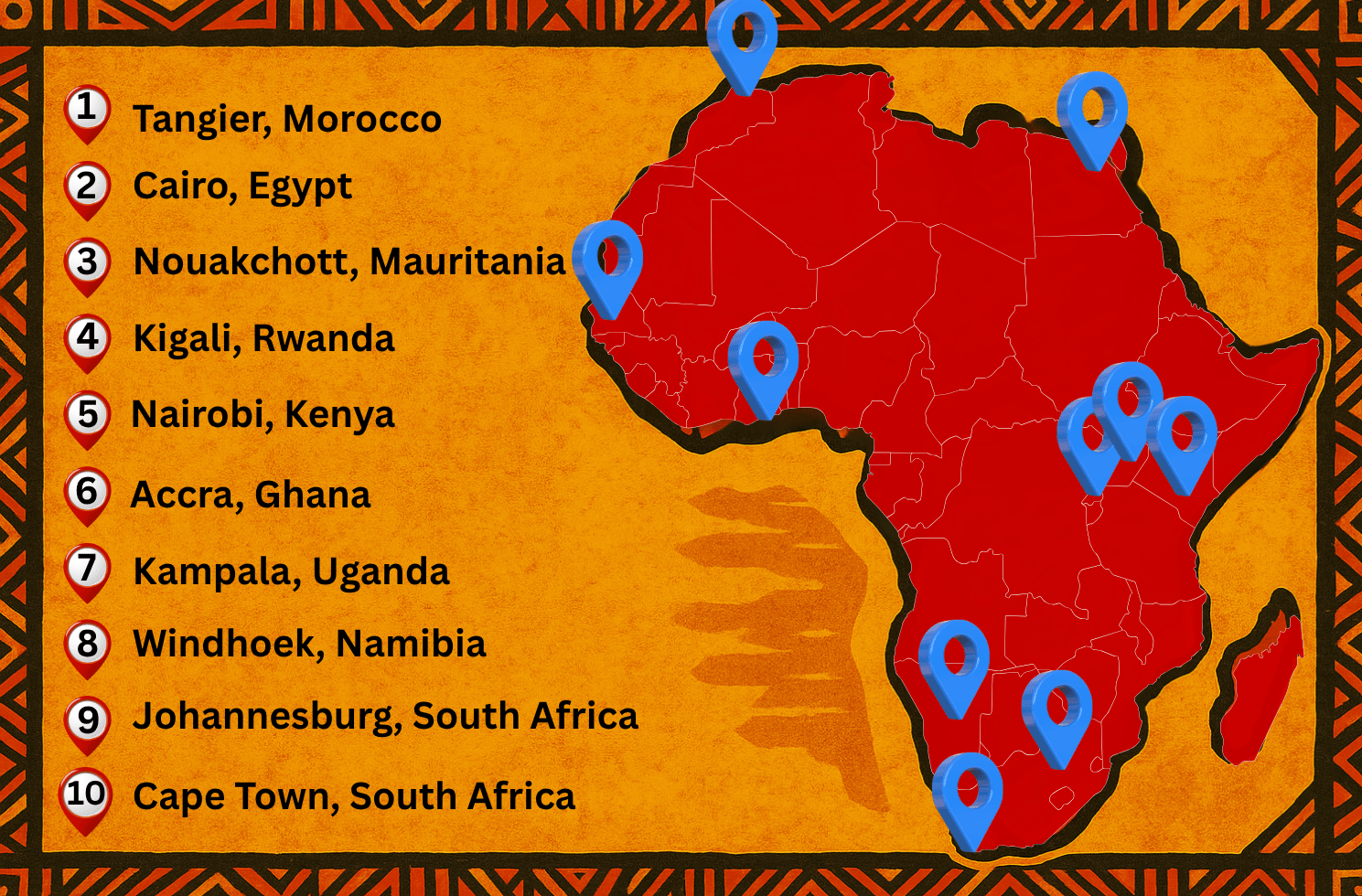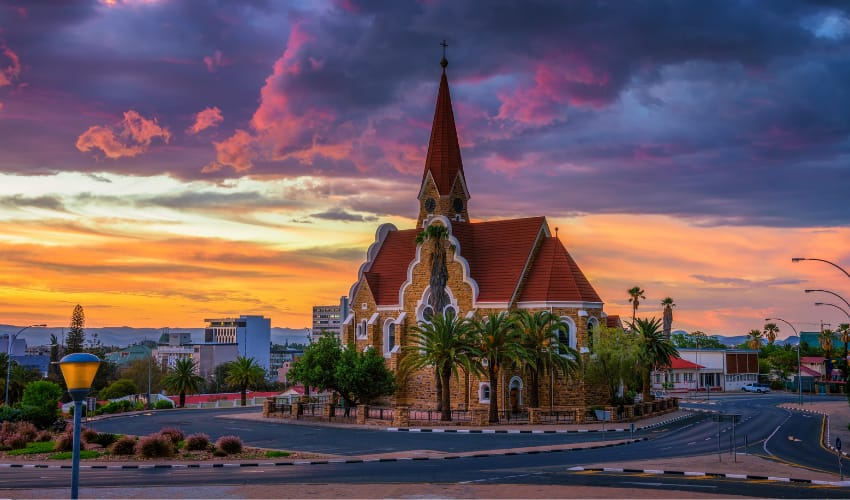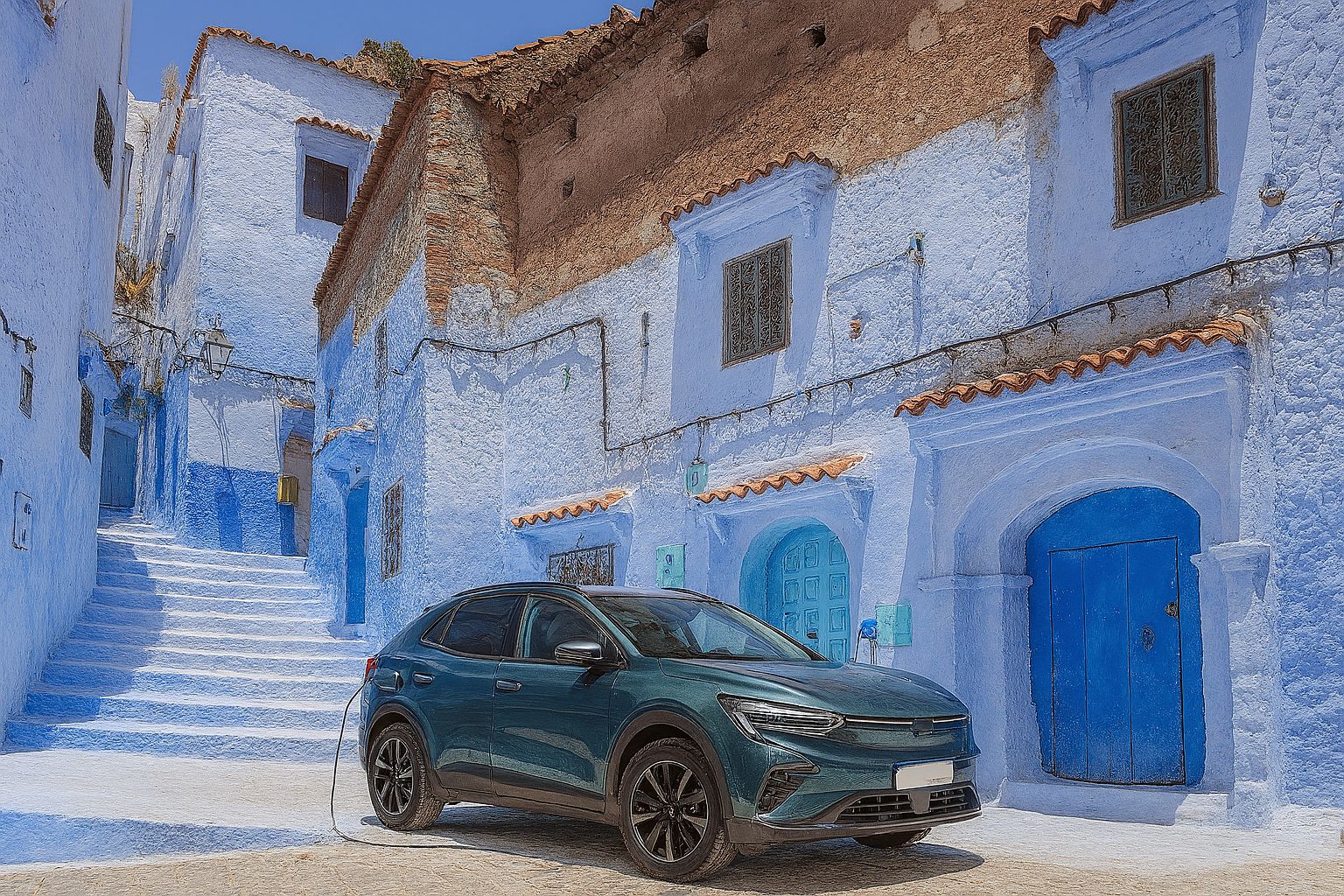- Green Rising
- Posts
- Ten African cities that win the most from going green
Ten African cities that win the most from going green
How the rise of sustainable industries is changing life in metropolises across the continent

Welcome to Green Rising – What are the most liveable cities in Africa?
According to the latest ranking by The Economist, there aren’t any. African cities are practically absent from its global list of cushy metropolises.
As one of our supporters rightly pointed out, is “Cape Town less liveable than all of North America, Western Europe, and Australia? Have these folks been to Cape Town??”
Their loss. Plenty of cities in Africa are getting more liveable every year (even more than they’ve long been).
One driver is a focus on sustainable business. Air quality improves thanks to renewables and EVs. Electricity gains from solar. Waste is processed in a circular economy.
This in turn creates jobs in manufacturing, installation and servicing, as well as indirectly for lawyers, financiers, recruiters, etc…
They then generate enough economic momentum for more international air connections and new hotels as well as public transport.
This week we’re showcasing the ten cities that seem to have gained the most from Africa’s green economy.

1. The hydrogen high-flyers
Windhoek in Namibia (population of 500,000, pictured above) is booming with investment in the green hydrogen sector.
More than 100,000 new jobs are expected initially, followed by 30,000 jobs annually.
The landmark Hyphen Hydrogen Energy initiative is set to hire 15,000 workers during construction and sustain 3,000 permanent jobs, many based in and around Windhoek’s project offices and supply hubs.
Windhoek has hosted major international events, including the Global African Hydrogen Summit, attracting stakeholders from over 65 countries.
Nouakchott in Mauritania (population 1.6 million) is also seeing a green hydrogen windfall.
A new 30 GW wind and solar energy complex is projected to increase GDP by up to 50% by 2030 and cut unemployment by nearly one-third.
This is benefitting local firms in construction, engineering, logistics, and consulting.
The city has invested in workforce training to boost expertise in hydrogen technologies as well as public transport and water desalination.

2. The auto racers
Tangier in Morocco (population 1.3 million) is a regional leader in the production and export of electric vehicles.
Renault operates a dedicated assembly line for electric vehicles with a capacity of up to 17,000 units per year and has plans to expand.
The Renault plant alone employs over 6,300 people.
Many other manufacturers are clustered in the city, driving significant employment growth and spurring the development of a robust local supply chain.
The Tangier Automotive City free zone now hosts over 50 companies, supporting both direct manufacturing and ancillary services.
Jiangsu BTR New Material Group is investing $500 million in a battery plant.
Kampala in Uganda (population 4.2 million) is benefitting from the national government’s obsessive interest in building a local EV sector.
The Kiira Motors Corporation vehicle plant near Kampala has created about 940 direct jobs from initial investments, with projections of over 2,000 direct and 12,000 indirect jobs once full-scale production ramps up.
KMC aims to produce 5,000 electric vehicles annually, including buses and cars, with a goal of sourcing 90% of components locally, fostering local supply chains.
Nearby Makerere University has launched an EV‑technology training program.

3. The energy winners
Cairo in Egypt (population 10 million) is fast becoming a must-visit for renewables professionals.
In the desert surrounding the city, more solar and wind farm capacity are rising than currently exist across the whole of Africa.
That has stimulated growth in the construction sector, maintenance fleets and finance infrastructure, meaning bankers spending money on everything from fancy meals to cleaners.
Several new hotels have opened or are about to, including the Sofitel Cairo Downtown Nile, Giza Palace Cairo, and three new hotels by Salam Properties in partnership with Hilton.
Cape Town in South Africa (population 5 million) is fast becoming a forerider in municipal power generation after years of cuts.
In June, Cape Town opened its electricity grid for private energy trading, making it the first municipality in Africa to do so following the liberalisation of the electricity market.
In March, the Cape Town municipality received a loan of $150 million from the German development bank KfW for electricity grid infrastructure upgrades. It will support an ambitious three-year "Building For Jobs" project, investing $220 million in grid upgrades and maintenance.
Cape Town’s Atlantis solar PV plant with 7–10 MW capacity and an 8 MW battery storage system, is on track for completion in 2025.

4. The circular circus
Johannesburg in South Africa (population 5.5 million) has fingers in many green pies but its waste management made the most news recently.
Johannesburg diverts a third of its waste from landfills, reflecting effective recycling and composting.
The city has a network of seven waste buy-back centers that support both formal employment and informal waste collectors.
Biogas initiatives at Robinson Deep and Marie Louise landfills generate up to 19 MW of electricity, enough to sustain 12,500 middle-income households, while reducing methane emissions.
A new waste treatment technology facility plans to process 500,000 tonnes of municipal solid waste annually, generating 36 MW of renewable energy per year.
Accra in Ghana (population 2.8 million) is also making a name for itself by accelerating the circular economy.
Waste management generates up to $268 million annually and employs 200,000 people nationwide, with Accra being a significant hub.
Battery recycling and waste-to-energy technologies are the focus of innovation and entrepreneurship in the city.

5. The green capitals
Nairobi in Kenya (population 4.4 million) has long been the continent’s environmental capital. It benefits from pretty much all green sectors – only even more so now.
The UN Environment Programme set up shop more than five decades ago.
Most impact funds and green grant givers have an office and staff in the city.
The same goes for conservation organisations and electric vehicle makers.
Kigali in Rwanda (population 1.7 million) is nicknamed “Africa’s greenest city”...
Thanks to state-sponsored investment in EVs, agriculture and the circular economy…
As well as the right kind of public relations work by the government and a disproportionate number of sustainability events given this is one of the smallest capital cities in Africa.
Number of the week

… is the drop in South Africa’s auto exports to the US in early 2025 compared to 2024. Declines worsened to 80% in April and 85% in May, mainly due to President Trump’s 30% import tariff. South Africa is a major manufacturer of electric vehicles.
Network corner
👉 Kenyan Olympian Faith Ogallo is appointed World Taekwondo Environmental Sustainability Ambassador for advocating for empowerment and sustainability
What we’re reading

Air taxis: Africa’s largest carrier, Ethiopian Airlines, will receive two electric air taxis from US-based Archer Aviation in 2026. With a price tag of around $5 million each, these will be the first electric air taxis, commonly known as eVTOLs, to be deployed commercially in Africa. The Archer Midnight eVTOL aircraft has a 161 km range but is optimised for short flights of around 32 km. (Mobility Rising)
City strivers: The Lagos State Government plans to build a $400 million Waste-to-Energy plant in nearby Epe to tackle the state's waste and energy problems. The plant is set to be delivered through a private sector-led design, build, finance and operate model. This comes after the unbundling of the national electricity market, allowing state governments to generate their own power. (Circular Rising)
Forest finance: African Parks has earned $7.35 million from carbon credit sales linked to its project in Chinko National Park in the Central African Republic. The initiative was co-developed with the Swiss consultancy firm South Pole and is registered under the Reducing Emissions from Deforestation and Forest Degradation mechanism (REDD+) on the Verra certification platform. (Conservation Rising)
Top green jobs from…
Delta40 Studio: GreenBay: Chief Executive Officer (Nigeria)
Conservation International: Country Representative (Sierra Leone)
WCS: Regional Marine Director (Rwanda)
IUCN: Regional Coordinator-Forest (Cameroon)
Engie: Head of Mini Grids & Solar Business Systems (Mozambique)
BASF: Regional Marketing Manager (Egypt)
Baker Hughes: Tender Manager (Egypt)
Anthesis Group: Senior Carbon Project Developer (South Africa)
M-KOPA: Senior Partnerships Product Manager (Kenya)
SNV: Business Origination Advisor (Benin)
Reply